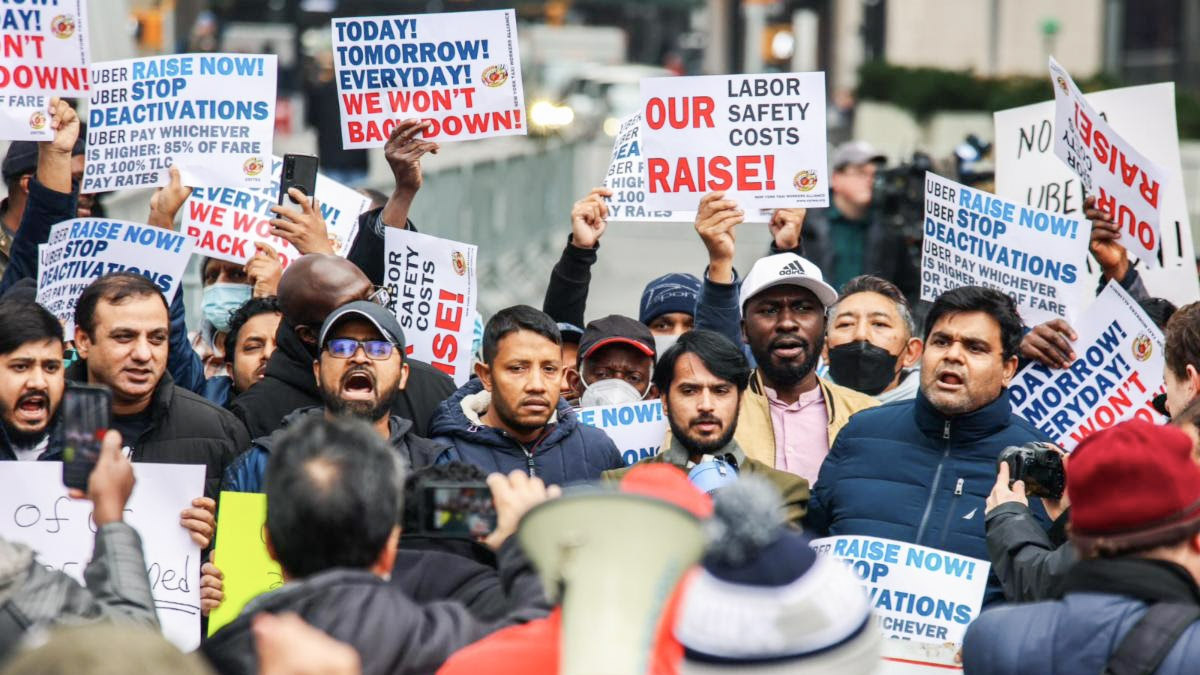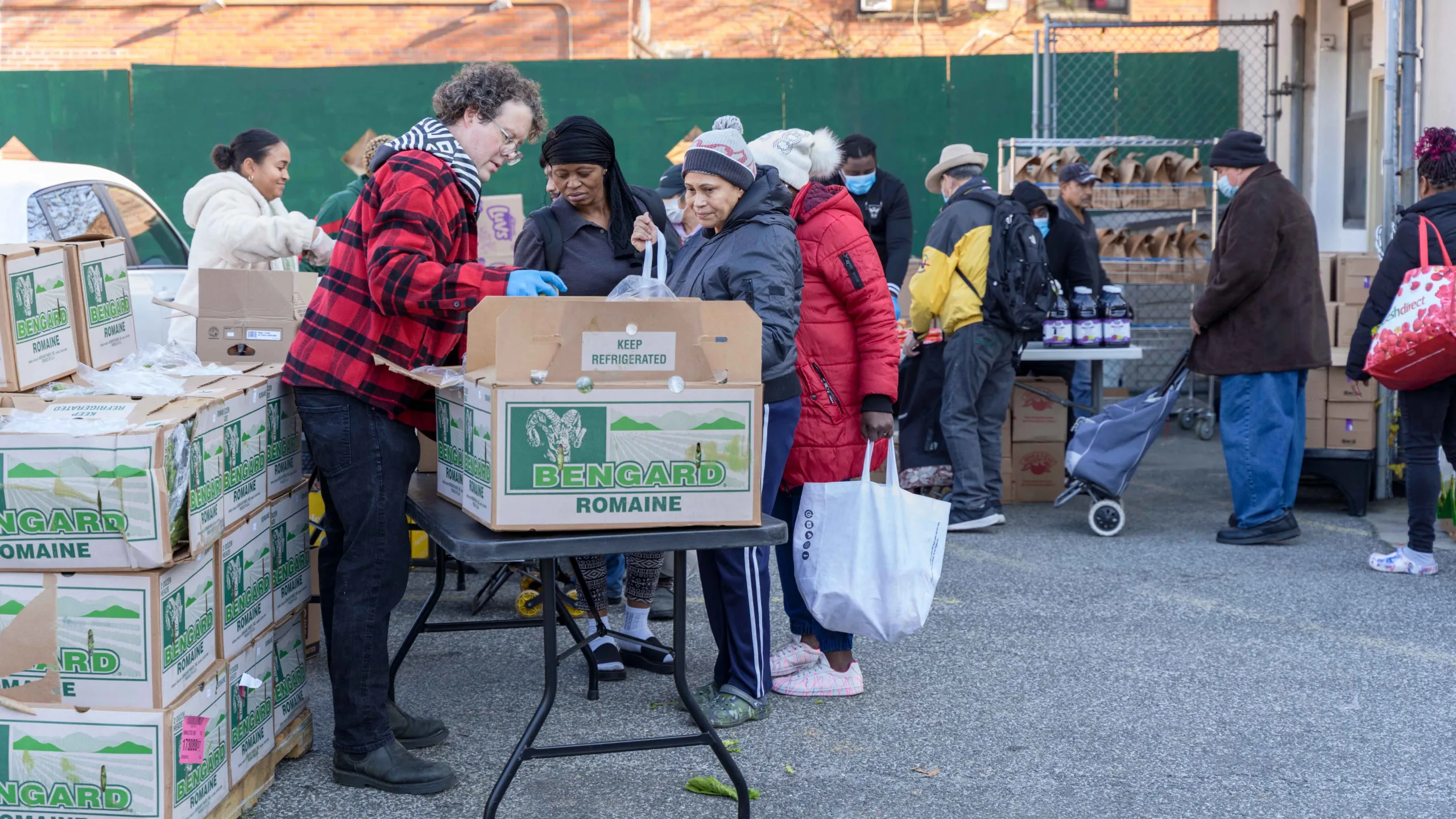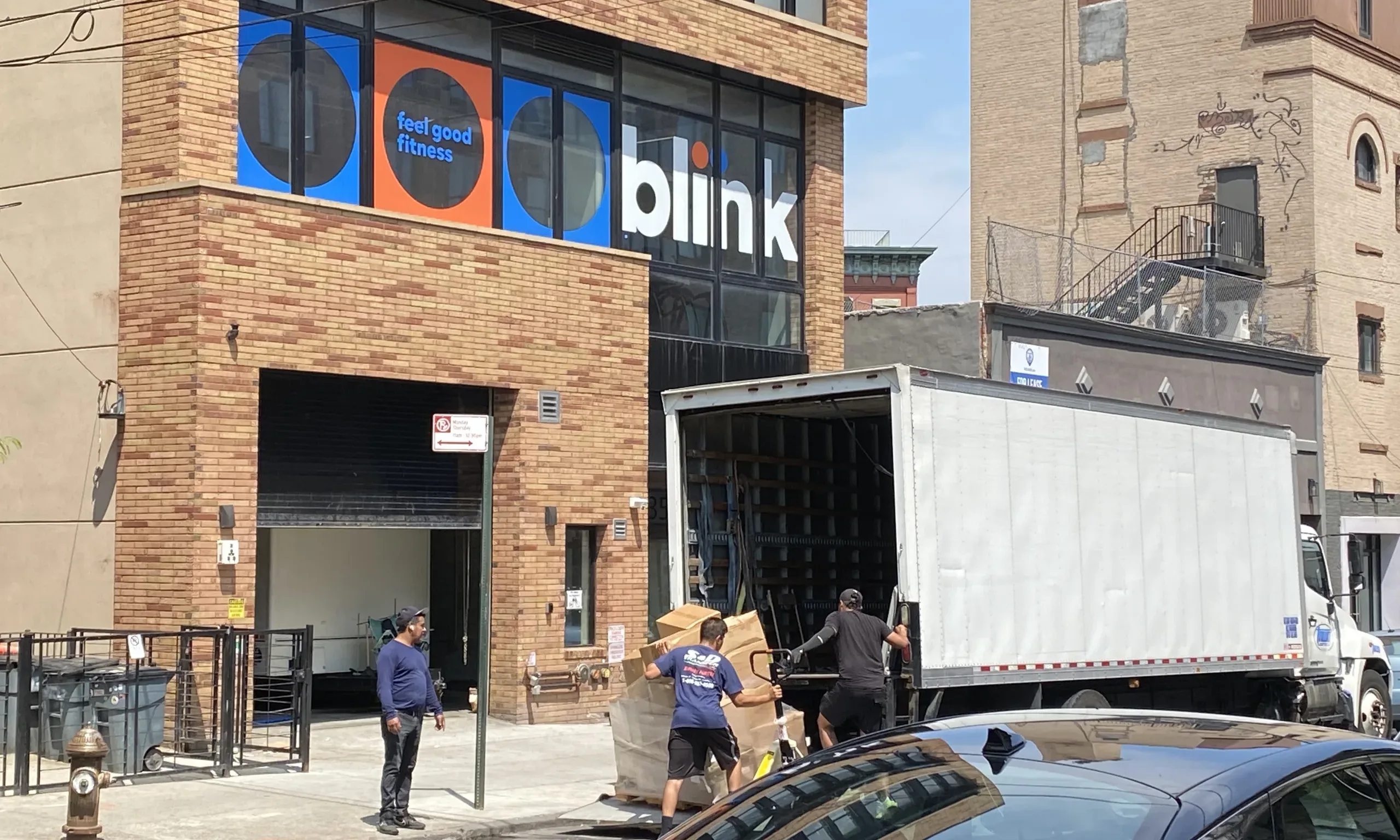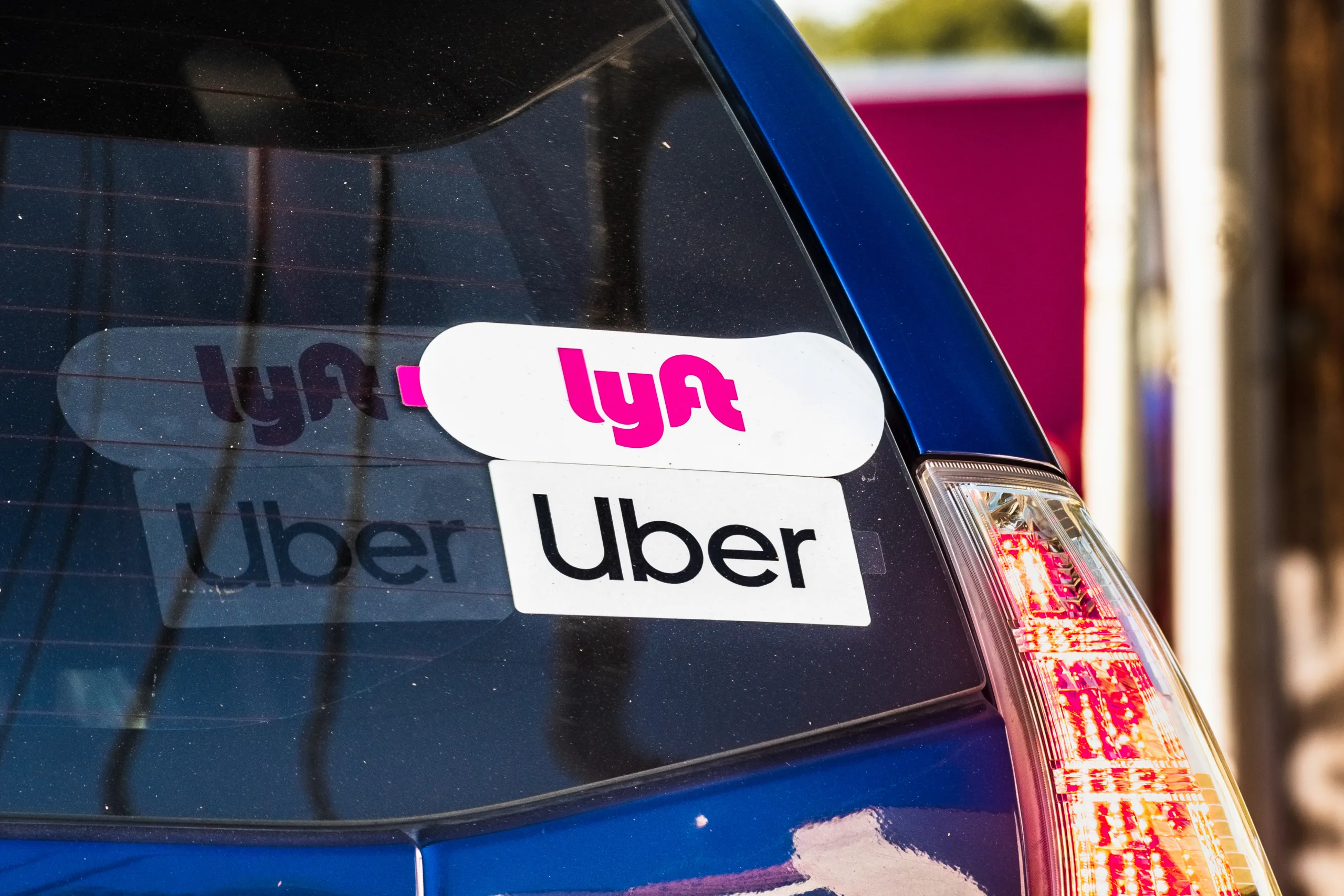Every year, thousands of New Yorkers fall victim to wage theft and other workplace violations, with child labor in particular on the rise.
Despite how widespread those problems are, the New York Department of Labor is leaving labor violation cases to languish, in some cases for up to a year, according to an audit released last week by State Comptroller Thomas P. DiNapoli.
Of the wage-related cases reviewed in the audit, 80 percent remained open after one year. Of the 225 cases that they managed to resolve between 2019 and 2021, the DOL investigations took 12 to 40 months to complete. Industries with the most wage-related claims were restaurants and construction.
Also Read: 127,000 New York Workers Have Been Victims of Wage Theft
The audit also found that despite the DOL’s stated commitment to prioritize child labor cases, 64 percent of the cases in the city reviewed by the comptroller, remained open after three months. The DOL’s Field Investigator’s Manual specifies that child labor cases referred to DOL from the Workers Compensation Board are to be completed within three months. Child labor cases that involve hazardous working conditions are required to be completed in one week.
Of the 87 cases reviewed, 36 cases took over a year to close or remain active. When it comes to child labor specifically, involving hazardous labor, which requires swift action, the DOL lacks a process to identify those cases, the report found.
According to the report, DOL officials told the comptrollers office that the case delays were attributed to the pandemic. Yet, the comptroller’s audit found delays in case investigations before and after the pandemic years as well.
Part of the reason for the delays, the report found, was that the DOL employs a small number of investigators. As of August 2022, there are 44 investigators assigned to New York City. The report found that three investigators who were no longer working at the DOL still had active cases assigned to them. Between the three investigators, 100 cases that were assigned to them have not been reassigned, including two child labor cases.
Another issue the comptroller found was that the DOL has failed to collaborate with the New York Department of Education. New York State law requires the DOL to issue monthly reports to school superintendents that include the names and addresses of children who have been determined to be illegally employed. The DOL has not submitted any reports since the 1980s.
“Labor law violations, such as wage theft, minimum wage infractions and child labor offenses, are a significant problem both nationally and in New York,” DiNapoli said in a statement. “Our audit identified that the DOL must speed up the investigation and resolution of cases. At a time when increased vigilance is needed, the department must do more to ensure labor violations in New York City are addressed promptly.”
The comptroller’s report recommends that the DOL establish a mechanism that guarantees claims are reviewed quickly and cases are accurately labeled. They also recommended the development of guidelines that identify child labor cases involving instances of hazardous employment.
TestPost3
Other suggestions included ensuring cases are reassigned promptly upon an investigator’s departure, collaborating with DOE on child labor-related issues, and developing targeted completion time frames for all child labor and wage-related case investigations.
“Over the last year alone, the Department has implemented several innovative measures throughout the Division of Worker Protection, including Labor Standards, to improve efficiency in our evolving operations,“ Roberta Reardon, Commissioner of the DOL said in a statement provided by the DOL. “In fact, many of these efforts already directly address recommendations made by the Comptroller’s Office.”
The agency also highlighted that in 2023, the DOL recovered more than $21 million in stolen wages, representing over 18,000 workers. They also have proactively increased efforts to combat child labor violations after identifying an uptick in reports across the state.
Additionally, the Department has continued to develop a state-of-the-art case management system, provide increased internal training, and expand educational outreach statewide to ensure compliance with labor law.












